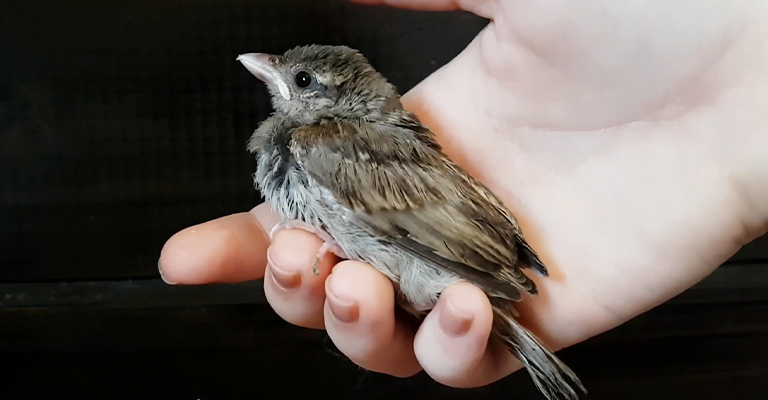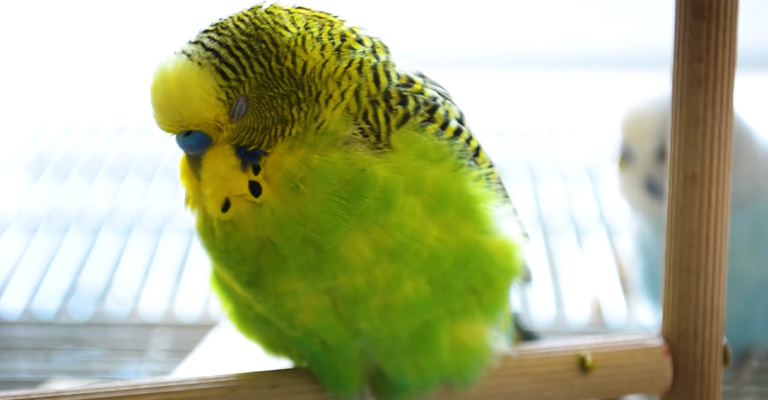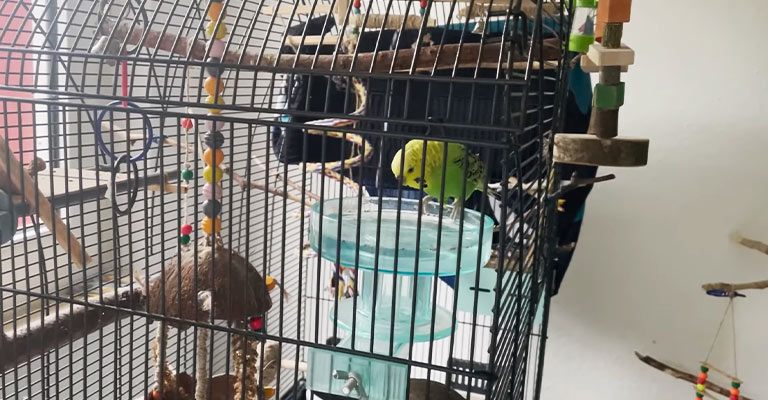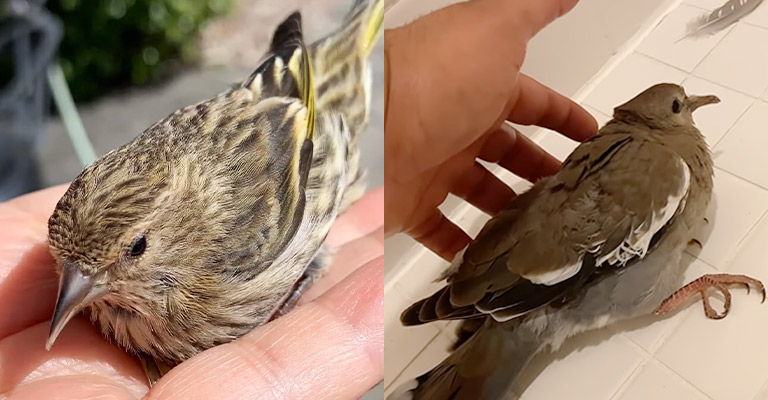There are many ways a bird can be injured. And they can be injured anywhere, at your home, road, jungle, etc. At that point, the creature becomes completely helpless and can do nothing but seek help.
So, what to do with an injured bird? The first thing to do is to provide the bird with a safe lying place. It can be on a towel, appropriately covered around it. Keep the bird in a cardboard box. It will ensure the bird’s safety and protection. You can try to remove any wound after giving the bird proper rest. If you can’t, take the bird to the nearest avian veterinarian.
Doing the wrong treatment or managing forcefully with the bird might extend the injury further. So, you must know how to deal with the situation. Let’s enlighten some knowledge about it.

How to Identify an Injured Bird?
It is not so casual that you identify an injured bird. Their portrayal of illness or injury won’t be that expressive. You must identify it through their activities, maybe by touching or feeding them by hand.
From our observation, we find the following symptoms of an injured bird.
1. Lying on the ground and not moving at all
A bird can lie on the ground. But when you see it not moving casually or not breathing or opening/closing its beak, there must be some issues with the bird. It might have just fallen on the ground due to some injury.
2. Remains on the ground when approached
Mostly, you’ll see birds flying away if you try or go near them, be it on the tree or ground. But an injured bird won’t do that. Instead, it’ll be craving for help.
3. Eyes fully closed or partially open

Rather than keeping the eye fully open, the injured bird will keep it closed or partially open to keep itself up as long as it can. If the injury is severe, you might see tears in the eyes of the bird.
4. Blood coming out
Blood from the body or any part is a direct sign of a significant injury.
5. Crippled
A bird able to stand up but not fly or jump ahead is a symptom of a crippled bird. It might lift up the wings to try for a flight, but it can’t in the end.
What To Do With An Injured Bird?
An injured bird should be treated slowly, calmly, and properly as per the injury and the bird’s feasibility. We performed our perception of many injured birds. The action is as follows.
Step 1: Handle with Care
This is the very first step of treating the injured bird properly. You must handle it with both hands. You should keep your hands clean and wear gloves if needed. Keep the bird on your palms and take it to the next step.
Step 2: Create a Safe Place

You must create a safer and sound environment for the bird to get relief and rest after the injury. A cardboard box could be a good option. The bird can stay in it over a soft towel or any other base.
Step 3: Ensure Proper Airflow
Keep the ceiling of the box open. That would circulate the bird’s air flow properly. Also, it would bring sufficient air and light inside the box. Ensure the box is kept at a cool and moderate temperature, not too cold or too hot.
Step 4: Give Some Water
You can place some water in a small cup in the box beside the bird. Keep the cup so that the bird doesn’t struggle much to drink water from it. If the bird needs it, it will drink on its own. Don’t force it.
Step 5: Observe the Bird
Check on the bird regularly to see if there is any improvement in its health. If there is, you’ll see it standing or moving usually. The wings, you’ll see them active in their usual position.
If you see the bird’s condition worsening, take it immediately to the nearby rehabilitator. Don’t take things into your hand at that moment if you aren’t aware. It might be bad for the bird ahead.
Stunned Bird vs. Injured Bird: Their Differences

Don’t misjudge a stunned bird as an injured bird or vice versa. A stunned bird or a shocked bird might be temporarily muted. It happens when it collides with a window or tackles any obstacles. You’ll find it mostly lying on the ground but moving and returning to its normal state.
But for the injured bird, the bird will be lying on the ground, completely immovable. There might be blood on the bird or any cuts on it. Sometimes, you might find the beaks damaged or broken; that’s a serious issue out there, very serious.
Identifying them is the key here. And that can be triggered easily from the table.
| Injured Bird | Shocked Bird | |
| 1. State on the ground | Lies, but moveable | Lies and can’t move |
| 2. Faint | For a while, only | For a long time |
| 3. Eyes | Partially open or completely closed | Blinks and rests |
| 4. Causes | Cutting or dragging or falling or wing misfunctioning | Colliding with an object |
| 5. Blood | Not visible | Might be visible |
| 6. Treatment | Rest and medication | Rest and water sprinkling |
| 7. Medical Consultancy | Might be needed | Not needed at all |
Conclusion
If you ever see any injured bird on the walkways or paths, you should take measures immediately rather than wondering what to do with the injured bird. Because it is simple to provide the best assurance to the bird, you just need to make an environment for it.
Yes, there are chances that birds might feel suffocated by your handling, which has been happening with many people. The best scenario is to take it to the vet and treat it entirely there. Don’t just make the injured bird uncomfortable in the first place; the rest will be resolved by default.